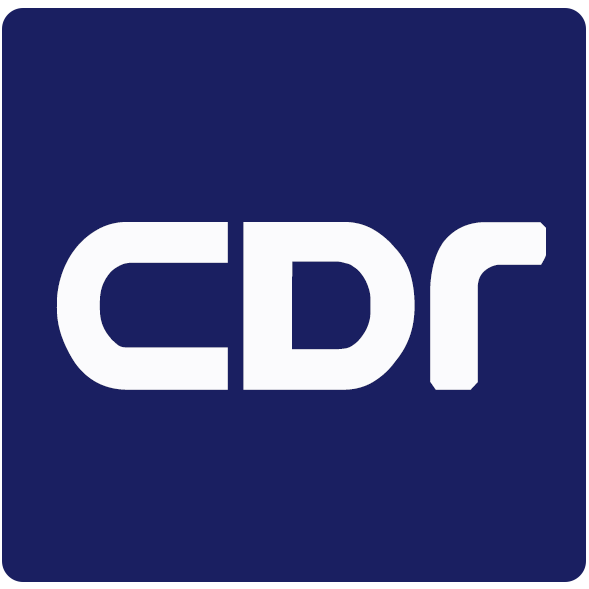fig2

Figure 2. Classification of the HECT domain E3 ligases. The mammalian HECT E3 ligases have been classified into three subgroups, including HERC family (HERC E3s containing RLDs family, 6 members), NEDD4 family (C2-WW-HECT E3s possessing WW domains family, 9 members) and SI(ngle)-HECT family [SI(ngle)-HECT E3s lacking either WW or RLDs domains family, 13 members] [Figure 1]. The HECT domain is comprised of a smaller C-terminal lobe consisting of the active-site cysteine residue and a larger N-terminal lobe including the E2-binding site. The conjugation between ubiquitin with a protein substrate consists of three steps: activated ubiquitin binding to a specific cysteine residue of one of several E2s, loading ubiquitin on themselves through the formation of a ubiquitin-thioester intermediate with the catalytic cysteine located at the C terminus of the HECT domain, and immediately deliver of ubiquitin to the protein substrates.











